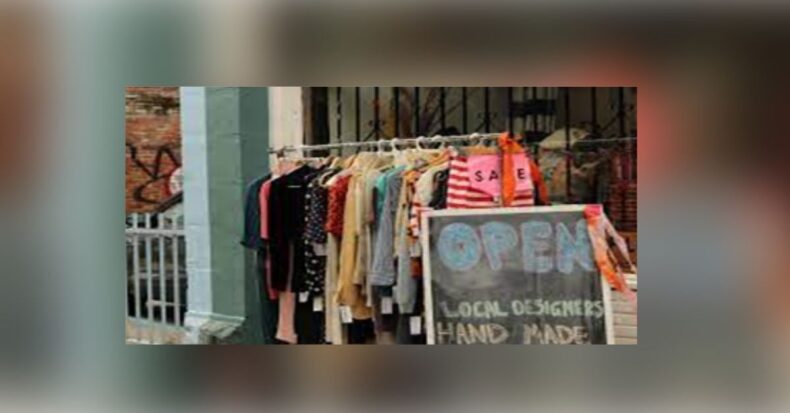In the traditional sense, thrifting is shopping at a flea market or a bazaar with the intent of finding clothes, jewelry, furniture, and other products at a cheaper rate. But over the years, the term ‘thrifting’ has broadened.
It is no longer confined to purchasing second-hand clothes or appliances but also includes new ways of using pre-owned items or recycling them. The idea of thrifting gives individuals a chance to give new purpose for clothes and accessories and keep them relevant.
Thrift stores and their increasing popularity

Thrift stores have been around for many years now but have only recently garnered much popularity thanks to the new wave of Instagram thrift stores and people adopting the concept of sustainable living.
Social media and fashion influencers like Sejal Kumar, Komal Pandey, Diksha Rawat, and others also deserve credit for increasing people’s interest in thrifting.
A more eco-friendly option
Environmental pollution and climate change have been the biggest issues affecting the world for decades. Thrifting keeps clothes and accessories in circulation and reduces the need to manufacture new ones, which reduces environmental pollution and excessive textile waste.
It is lighter on the pocket.
The fashion industry is known to be dynamic. Trends that are cool today may be considered tacky tomorrow, and styles that have been forgotten may make a comeback anytime.
These capitalist techniques make it hard for ordinary people to be a part of the fashion game. Thrifting, on the other hand, makes trendy clothes available at lower or more affordable prices.
It brings out the best version of you

Thrift stores are a great way to build your wardrobe in a way that is stylish yet economical. From unique and eccentric pieces that reflect your personality to vintage masterpieces, thrifting can help you find treasures cherished by the fashion world.
Why thrifting is better than fast fashion

Famous fashion brands may produce the clothes we love at a lower cost, but this price tag has heavy consequences. Fast fashion factories source their labor from developing countries like Bangladesh, India, Pakistan, and China and pay them only a minute amount of their profits.
Many of the brands we shop from recruit workers by promising them decent wages and forcing them to work in conditions exposed to toxic chemicals without necessary safety measures. By purchasing from thrift stores, you choose not to participate in activities that promote labor exploitation.
Drawbacks of thrifting

For starters, clothes sold at thrift stores may not be available in all sizes as in the case of top brands. Most people complain that these stores are not size-inclusive since the clothes are either too small or too big for them.
Furthermore, thrifting does not change the fact that the clothes in circulation have also been purchased from fast fashion brands at some point.
Despite these drawbacks, thrifting is an excellent option for people who love shopping. It is a great way to express yourself through clothes while on a budget and protect our environment simultaneously.













